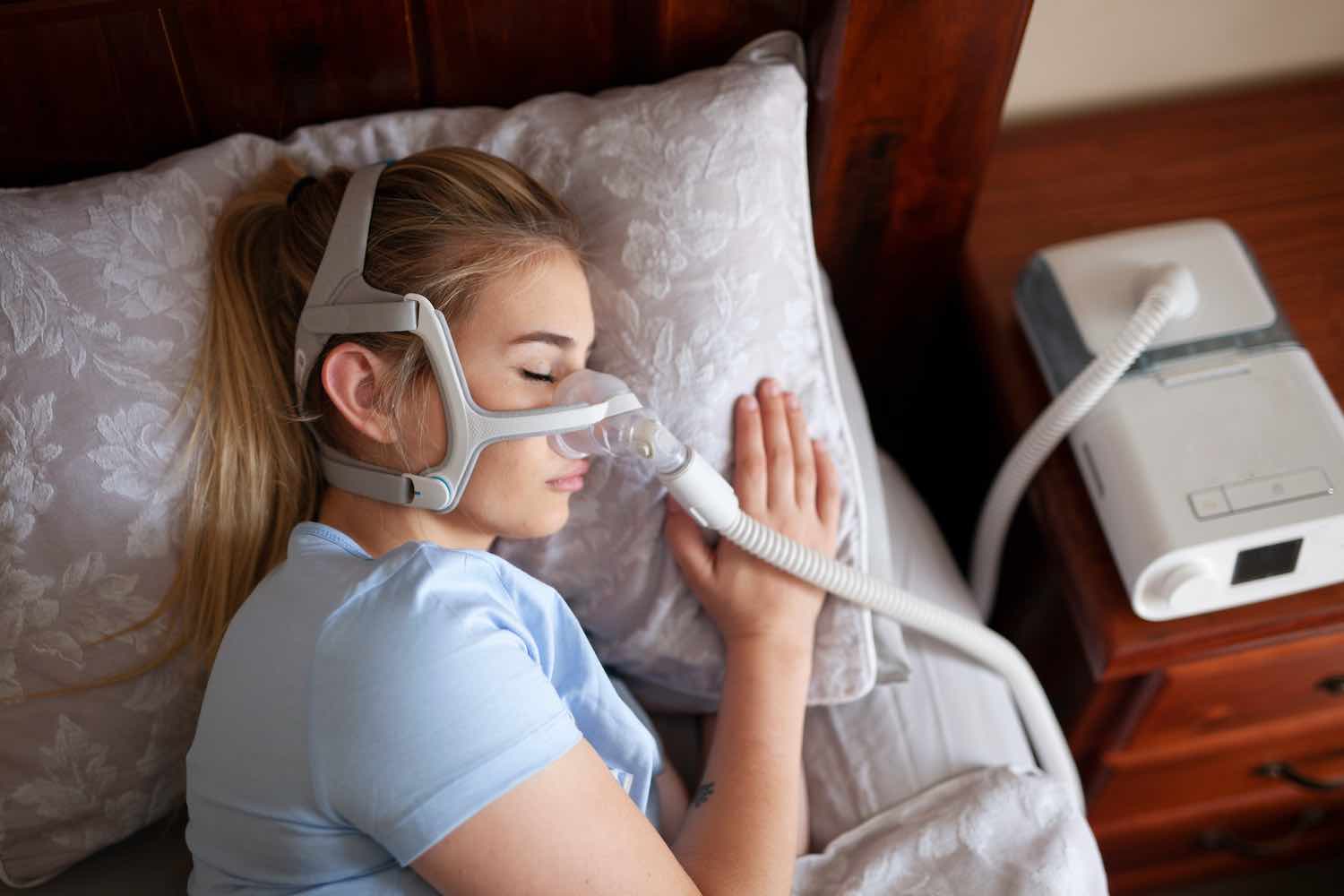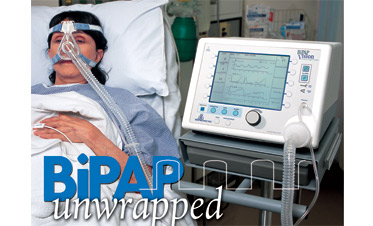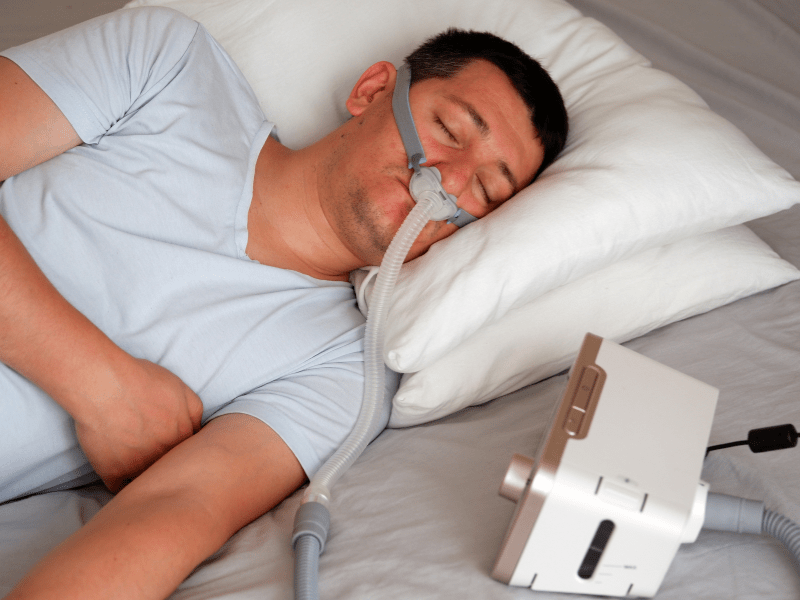BiPAP Rental: Trustworthy Equipment for Comfortable Sleep
BiPAP Rental: Trustworthy Equipment for Comfortable Sleep
Blog Article
Bipap vs. CPAP: Which Is the Finest for Your Rest Disorder?
When browsing the intricacies of sleep conditions, the choice in between BiPAP and CPAP therapy is a crucial consideration. While CPAP supplies a consistent air movement appropriate for obstructive sleep apnea, BiPAP's double pressure settings might enhance comfort for those with even more elaborate respiratory concerns.
Comprehending Rest Disorders
Rest conditions include a variety of conditions that disrupt typical sleep patterns, influencing both the high quality and period of remainder. These problems can manifest in various types, consisting of sleeping disorders, rest apnea, narcolepsy, uneasy leg syndrome, and parasomnias. Each condition offers distinct difficulties, often leading to considerable daytime tiredness, cognitive impairment, and psychological disruptions.
Sleeplessness is characterized by trouble dropping or remaining asleep, while rest apnea involves duplicated disruptions in breathing during rest, frequently bring about fragmented remainder. Narcolepsy, on the various other hand, is noted by extreme daytime drowsiness and sudden rest attacks. Agitated leg syndrome triggers awkward experiences in the legs, triggering an uncontrollable urge to move them, which can likewise hinder the capability to sleep.
The effect of sleep problems prolongs past individual wellness, affecting general efficiency, connections, and top quality of life. Recognizing the details nature of each problem is crucial for reliable medical diagnosis and therapy. As sleep wellness comes to be progressively recognized as an important component of total wellness, resolving these problems is vital for improving both rest quality and day-to-day functioning.
Just How CPAP Functions
Continuous Favorable Airway Stress (CPAP) treatment is frequently utilized as a primary therapy for obstructive sleep apnea (OSA) The system of CPAP involves the usage of a device that provides a consistent stream of air through a mask used during rest. This airflow maintains positive stress in the airway, avoiding the collapse or blockage of the throat that can happen during rest.
When a patient breathes in, the CPAP device offers a continual flow of air, ensuring that the respiratory tract stays open - BiPAP Rental. This not just alleviates the symptoms of OSA, such as snoring and interrupted rest patterns, yet also reduces the affiliated wellness threats, including cardiovascular problems and daytime exhaustion
The pressure settings on a CPAP equipment can be tailored to meet individual person demands, commonly identified with a sleep research. Overall, CPAP therapy has actually been shown to substantially boost the quality of sleep and overall wellness for individuals enduring from obstructive sleep apnea.
How BiPAP Works
BiPAP, or Bilevel Positive Air Passage Stress, is a specialized type of non-invasive air flow that is especially valuable for individuals with problems such as complicated rest apnea or respiratory system disorders. Unlike CPAP, which delivers a continuous stream of air at a solitary stress, BiPAP supplies two distinct stress settings: a greater inspiratory pressure for inhalation and a lower expiratory pressure for exhalation. This dual-pressure approach permits simpler breathing, minimizing the initiative called for during reference exhalation.
The device operates via a mask fitted over the nose or mouth, connected to a maker that generates atmospheric pressure. When the patient breathes in, the maker supplies the higher pressure to aid with airflow, making sure that the airway stays open. Upon exhalation, the device instantly decreases the pressure, making it more comfortable for the person to breathe out.

Secret Differences Between BiPAP and CPAP

In comparison, BiPAP (Bilevel Positive Airway Stress) supplies two different pressure settings: one for inhalation and a lower one for exhalation. This twin pressure system allows for even more comfy breathing, specifically for patients that battle with exhaling against a continuous stress. BiPAP is usually advised for people with complex rest apnea, persistent obstructive lung condition (COPD), or those that need additional assistance throughout rest.
Additionally, the intricacy of BiPAP gadgets usually results in a greater expense and requires extra mindful titration than CPAP. BiPAP Rental. Recognizing these essential differences can assist in recognizing which tool may be extra ideal for specific sleep conditions, establishing the foundation for enlightened therapy choices
Choosing the Right Treatment
How can one establish the most suitable treatment for handling sleep disorders? The choice in between BiPAP and CPAP treatment mostly depends upon the certain qualities of the sleep condition, the patient's total wellness, and their comfort with the device. CPAP, which supplies a continuous stream of air, is generally suggested for obstructive rest apnea (OSA) It preserves an open air passage throughout rest, successfully stopping hypopneas and apneas.
Alternatively, BiPAP gives 2 degrees of stress: one for inhalation and a lower one for exhalation. This double pressure system is helpful for patients with complicated rest apnea or those who experience difficulty exhaling against a constant stress. Additionally, BiPAP is typically suggested for people with respiratory system conditions, such as chronic obstructive pulmonary disease (COPD), where varying stress settings can enhance convenience and conformity.
Inevitably, an extensive assessment by a rest specialist, including a rest research study, can help establish which treatment straightens ideal with the person's needs. Factors such as comfort, simplicity of use, and certain clinical problems need to also be taken into account to enhance treatment outcomes.
Final Thought
In summary, both BiPAP and CPAP serve distinct purposes in the monitoring of rest conditions. CPAP is efficient for obstructive rest apnea with constant airflow, while BiPAP provides double pressure setups that enhance comfort for those with complicated rest apnea or respiratory problems. The selection between these treatments need to be guided by individual needs and conditions, requiring a comprehensive examination by a sleep professional to guarantee optimal treatment end results and boosted high quality of sleep.

Overall, CPAP therapy has been revealed to significantly improve the high quality of rest and total health for individuals experiencing from obstructive rest apnea.
BiPAP is often recommended for individuals with intricate rest apnea, persistent obstructive pulmonary disease (COPD), or those who need extra assistance throughout rest.
CPAP is reliable for obstructive rest apnea via consistent air flow, while BiPAP uses twin stress setups that boost convenience for those with complex sleep apnea or respiratory problems.
Report this page